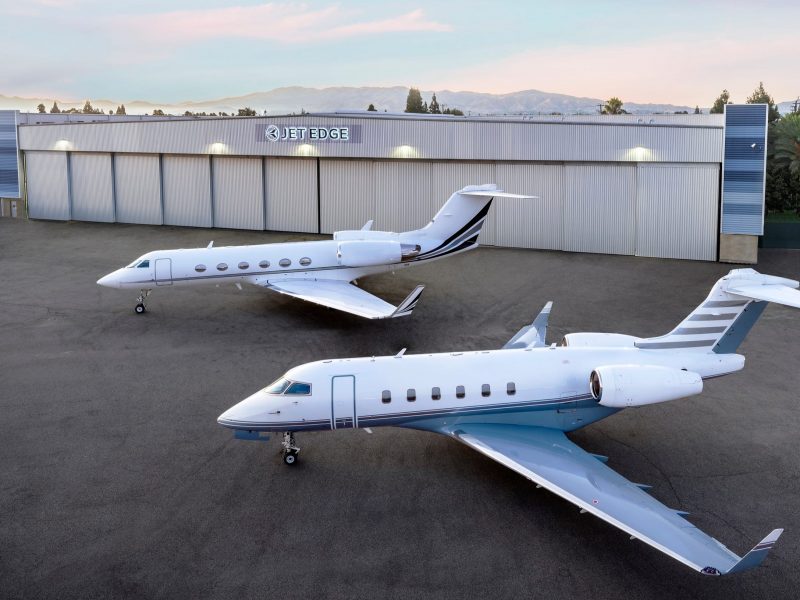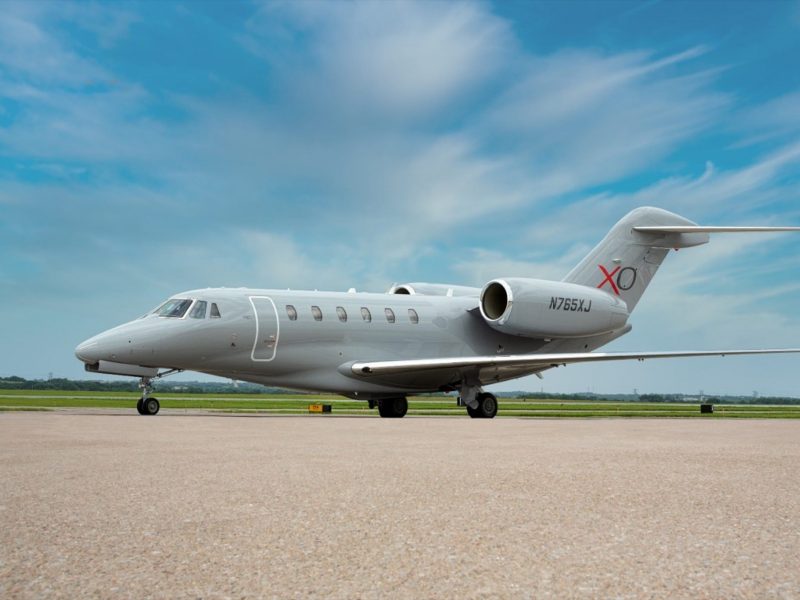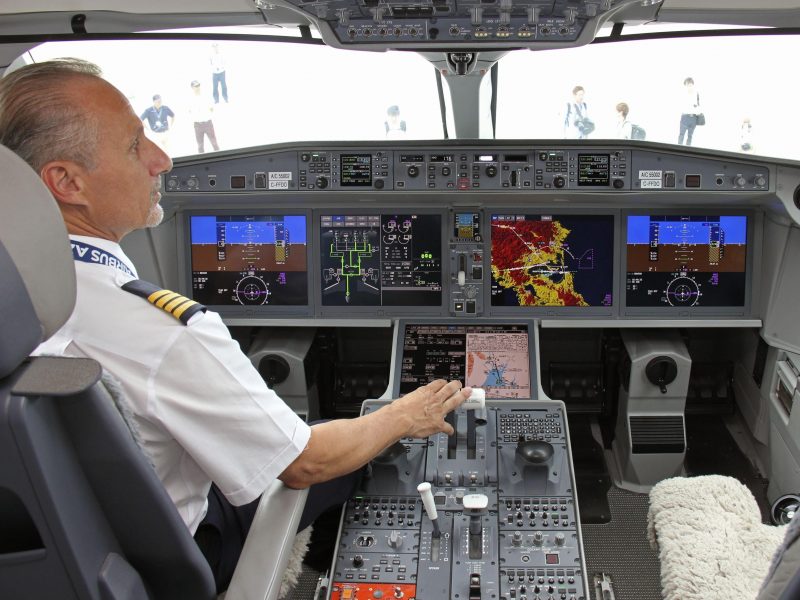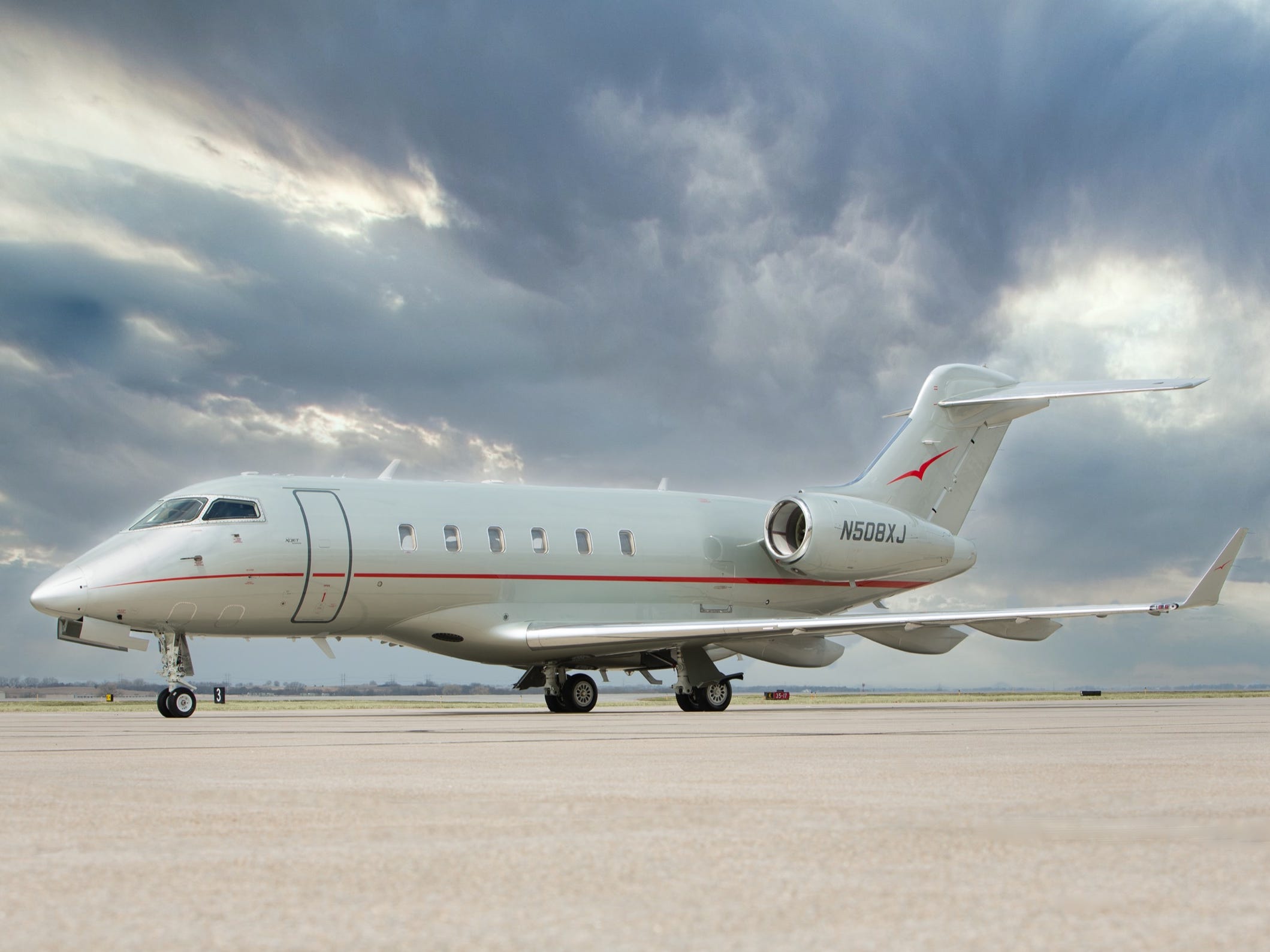- Private aviation is expanding with firms buying new aircraft and hiring more pilots during one of the worst downturns for aviation since the 2008 economic crisis.
- Wealthy new flyers have kept the industry afloat with traffic levels for this summer only around 20% less than last year’s summer.
- A full recovery timeline is still uncertain but industry executives are convinced that now is the time to scale up to get a piece of the new market created by the pandemic.
- Visit Business Insider’s homepage for more stories.
The private aviation industry is rapidly expanding with firms trying to get as many planes and pilots as they can to serve the new generation of private flyers. Approaching what they believe to be the end of a V-shaped recovery for the industry, executives are determined to grow despite contractions in aviation.
Fueling their enthusiasm is a busier-than-expected summer travel season and a McKinsey & Company study revealing a vast untapped market of high-net-worth-individuals that the pandemic is driving away from the first class cabin. Despite lingering uncertainty surrounding the future of travel, firms are scaling up now in preparation for the impending recovery.
“In March and April, we weren’t really looking at the recovery as much as it was – how do we survive this downturn and position ourselves to be better and capture a market in the future?” Kevin Thomas, chief operating officer and president of XOJET Aviation, told Business Insider.
March saw travelers rushing to booking aircraft to fly home as countries closed their borders to the world and April traffic levels dropped up to 100% for some operators. Those that didn’t ground their fleets entirely only flew a fraction of what would be normal. As lockdowns eased in the US, signs of recovery started showing in May.
The slump was short-lived, as many executives predicted it would be when speaking to Business Insider in April, and the summer has been kinder with most of the same companies reporting a return to near-normal following the crippling spring.
The right time to expand

The fear of flying on a commercial airliner and a heightened focus on health and safety has been encouraging the wealthy to dig deeper into their wallets when arranging air travel, executives say. The relatively meager exclusivity of a first class cabin isn't cutting it anymore with travelers wanting peace of mind throughout the entirety of their journeys.
The new buzz phrase when booking an aircraft is now "health and safety" as opposed to "smallest and cheapest," with the wealthy now having new cost justifications to fly private.
Even firms that haven't fully recovered yet are eyeing expansion with Omaha, Nebraska's Jet Linx acquiring Meridian Air Charter and its 23 managed aircraft in July. Jet Linx CEO Jamie Walker told Business Insider that his firm's traffic numbers for the summer were about 10% off from normal but new memberships have soared thanks to an influx of first-time flyers.
Some operators are even having a better summer season this year than in 2019 as XOJET Aviation reported flying more hours this year than last.
"We have returned in terms of a utilization perspective and exceeded pre-COVID numbers," Thomas said. This summer season saw the operator - with a fleet of 40 eight and nine-seat super-midsize aircraft - fly more each month than it did the same months in 2019.
XOJET's dynamic pricing model is still catching up with the new normal and despite more flying, this summer's margins haven't topped last summer's. But that's not stopping XOJET from expanding its fleet with more aircraft and pilots.
Buying up new planes

Expansion is largely measured in new planes, with firms taking advantage of the industry downturn to acquire new aircraft at more favorable terms and prices. Firms with more aircraft can boast greater flexibility to clients and offer more popular one-way flights.
XOJET is planning a fleet expansion that will see it operate up to 50% more aircraft in the next 18 months. Already flying a fleet of 40 aircraft strong, the firm is actively searching for 10 to 20 additional Cessna Citation X and Bombardier Challenger 300 aircraft to add to its lineup, while upgrading the cabins of its existing planes.
"Our plan is a long-term plan and the opportunity in a soft market to add to the fleet in a cost-effective and intelligent manner, makes sense for us to do it right now," Thomas said.
On the West Coast, California's Jet Edge also used the downturn to expand its super-midsize fleet, growing to nearly 30 aircraft comprised mainly of Bombardier Challenger 300/350 and Gulfstream G200/280 aircraft. These aircraft will also "float" around the country, picking up one-way trips that are more cost-effective for new flyers.
Jet Edge CEO Bill Papariella told Business Insider that his firm had been planning a gradual expansion but the demand he saw for the aircraft throughout the summer allowed for those plans to be accelerated.
"We built a 12-plane fleet of supermids in 15 days," Papariella said.
Year-over-year, the super-midsize category of aircraft flew at only a slightly lesser rate in 2020 of -7.2% for June and -4.7% in July, compared to 2019, according to Travis Kuhn, vice president of market intelligence for aviation safety auditor Argus, in an interview with Business Insider.
Recruiting new talent in the cockpit

Private aviation has long been languishing under a pilot shortage that's seen talent opt for cushy airline jobs instead of catering solely to the wealthy on private jets. It's a different lifestyle in the private sector that sees pilots take on additional roles such as greeting passengers in the terminal, helping load bags, and staging catering orders, among others.
"Pre-pandemic, it was hard to find a 10,000-hour pilot who wanted to go and fly a G200 again because of the dynamic of the pilot shortage taking place," Walker said.
A typical trajectory would see new pilots fly private aircraft until they reached the 1,500-hour mark required to qualify for an airline transport pilot license. On the opposite end, some more experienced pilots would opt for private flying jobs only after decades in the airlines.
But with major airlines furloughing thousands of pilots due to the pandemic, resumes are flooding into the HR departments of private jet firms and there are more experienced pilots than there are planes to fly them.
"I think the last I looked, we had something like 4,000 resumes applying for XOJET Aviation," Thomas said. "That puts us in a unique position to be able to buy effectively and to add really qualified, talented people."
It's no longer uncommon to see a pilot with thousands of hours flying a 150-seat Boeing 737 or Airbus A320 family jet apply to fly an eight-seat private jet.
"The wealth of opportunity in terms of talent pool and available aircraft - and the cost at which we can complete our refurb of the fleet - it's just been a tremendous opportunity for us despite the downturn in the market," Thomas said.

